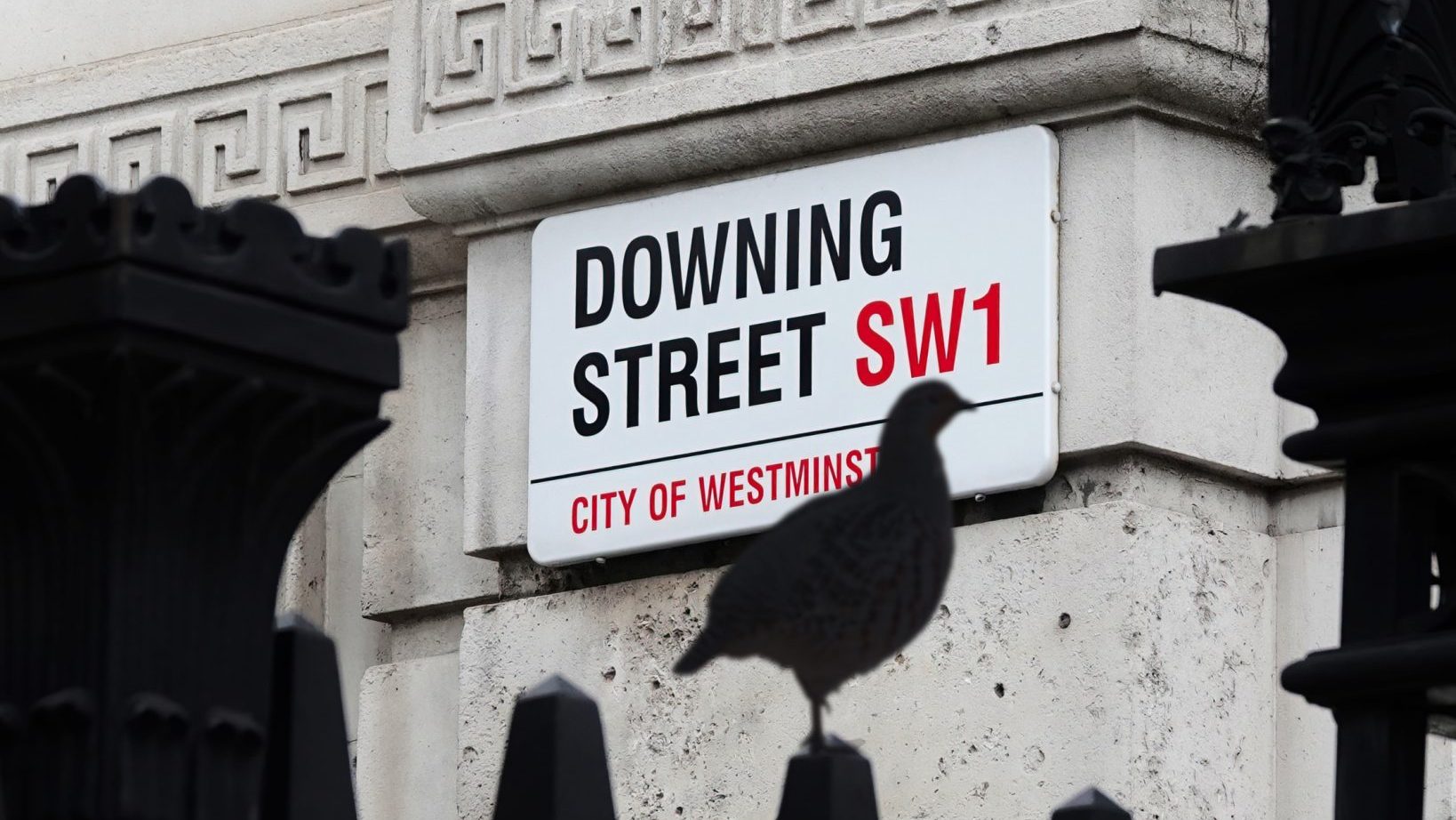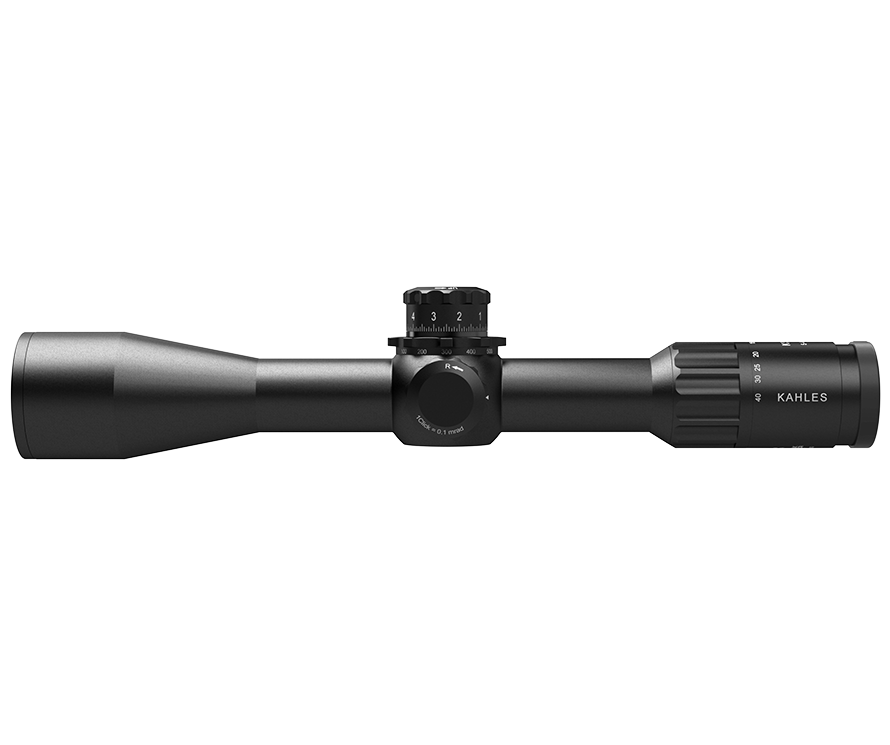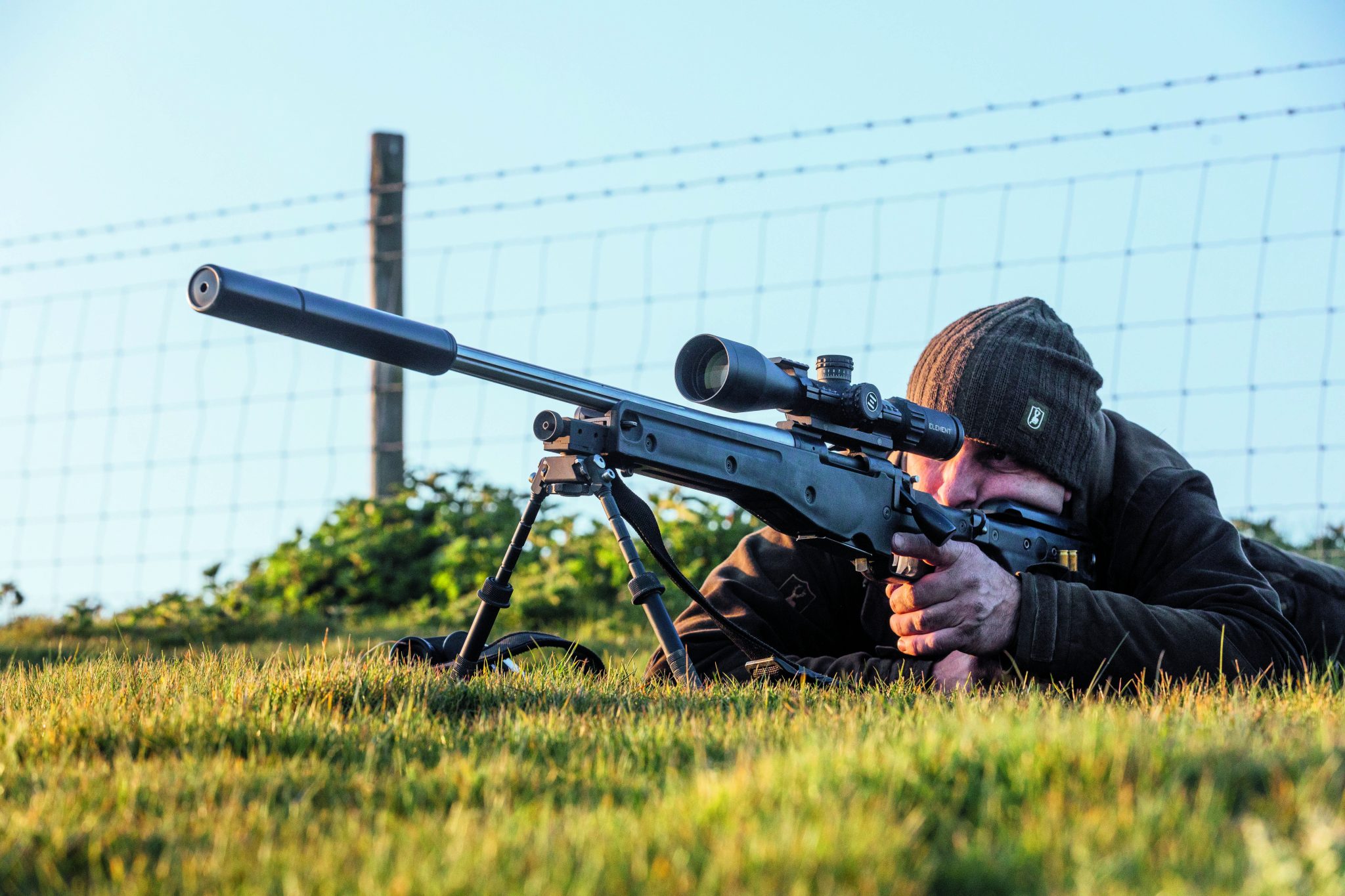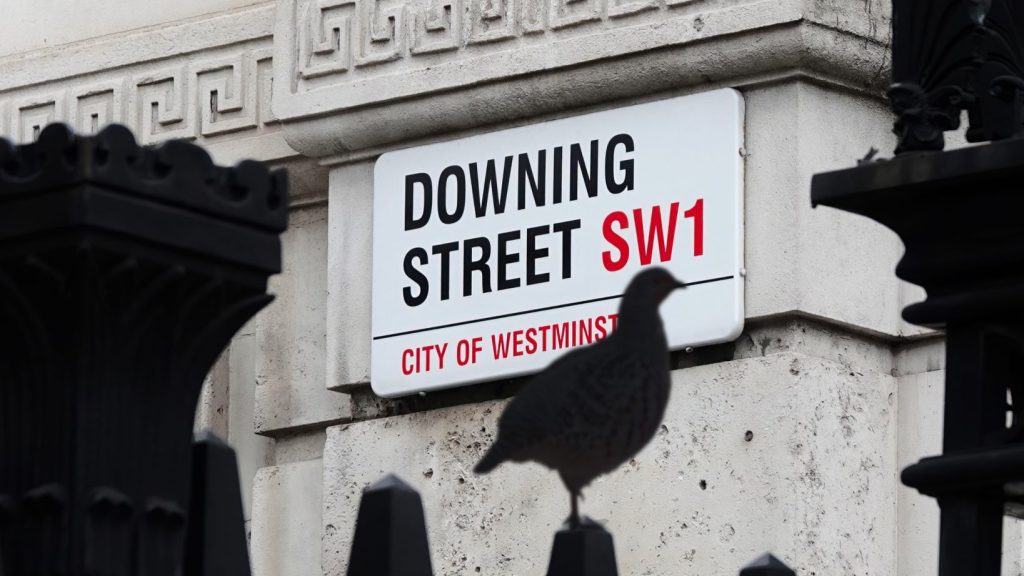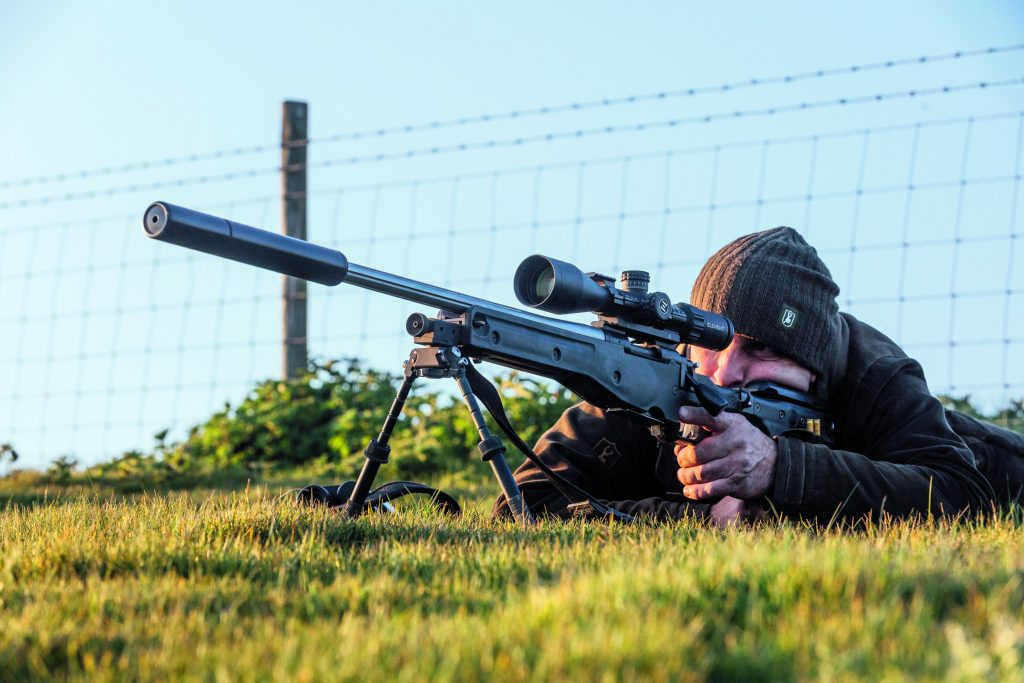News
Much work and little play
Would you like to speak to our readers? We offer sponsored articles and advertising to put you in front of our audience. Find out more.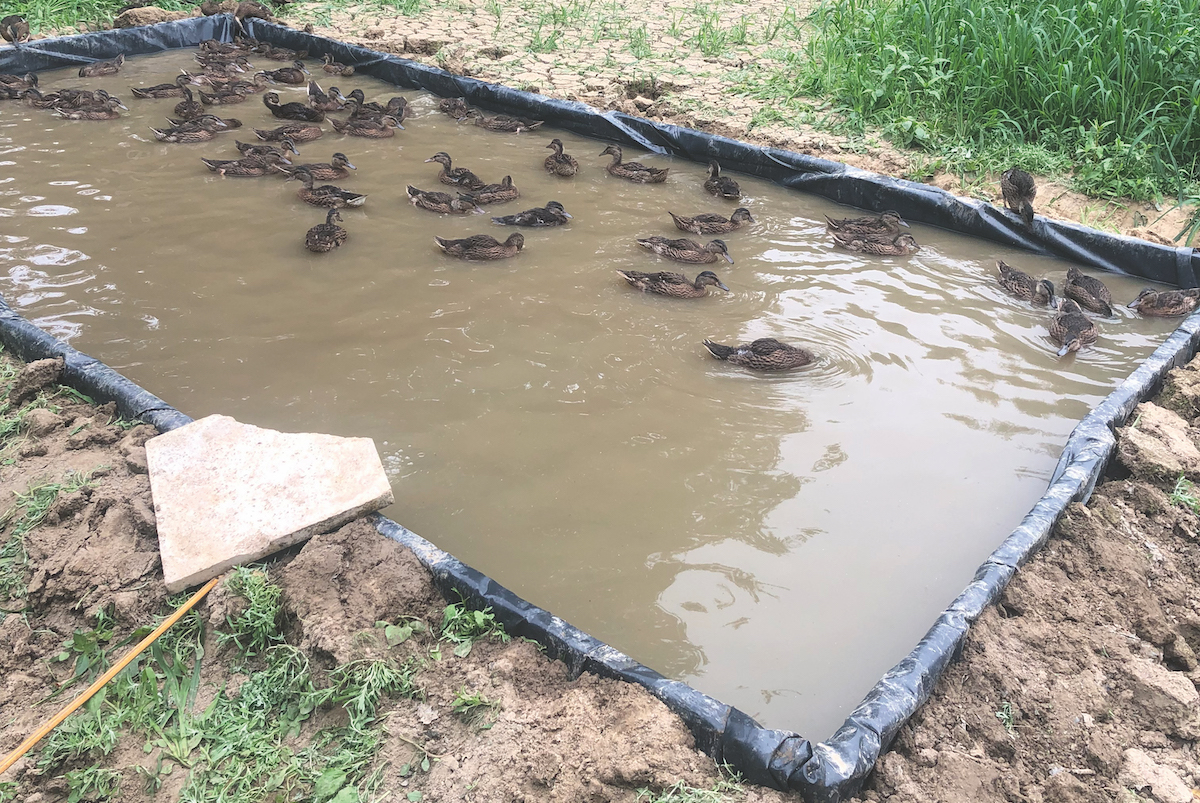
The birds were definitely coming. They were going to be late but at least we were going to get the birds we ordered. This was great news but it did have a knock-on effect; the birds would normally come mid-July and be ready to shoot mid-October, but now they were coming in mid-August and we wouldn’t be able to shoot until mid-November.
The first day was booked as a let day so they had to be fully grown and flying well, so we couldn’t start too soon. This also put pressure on getting the eight shoot days into the diary that we needed to happen to get the income to pay for everything. The let days needed to be on Thursdays, about a month apart, which meant we could get a syndicate day in between them, but then with Christmas holidays in December it looked like we would have no option but to shoot every Saturday in January to fit all the days in.
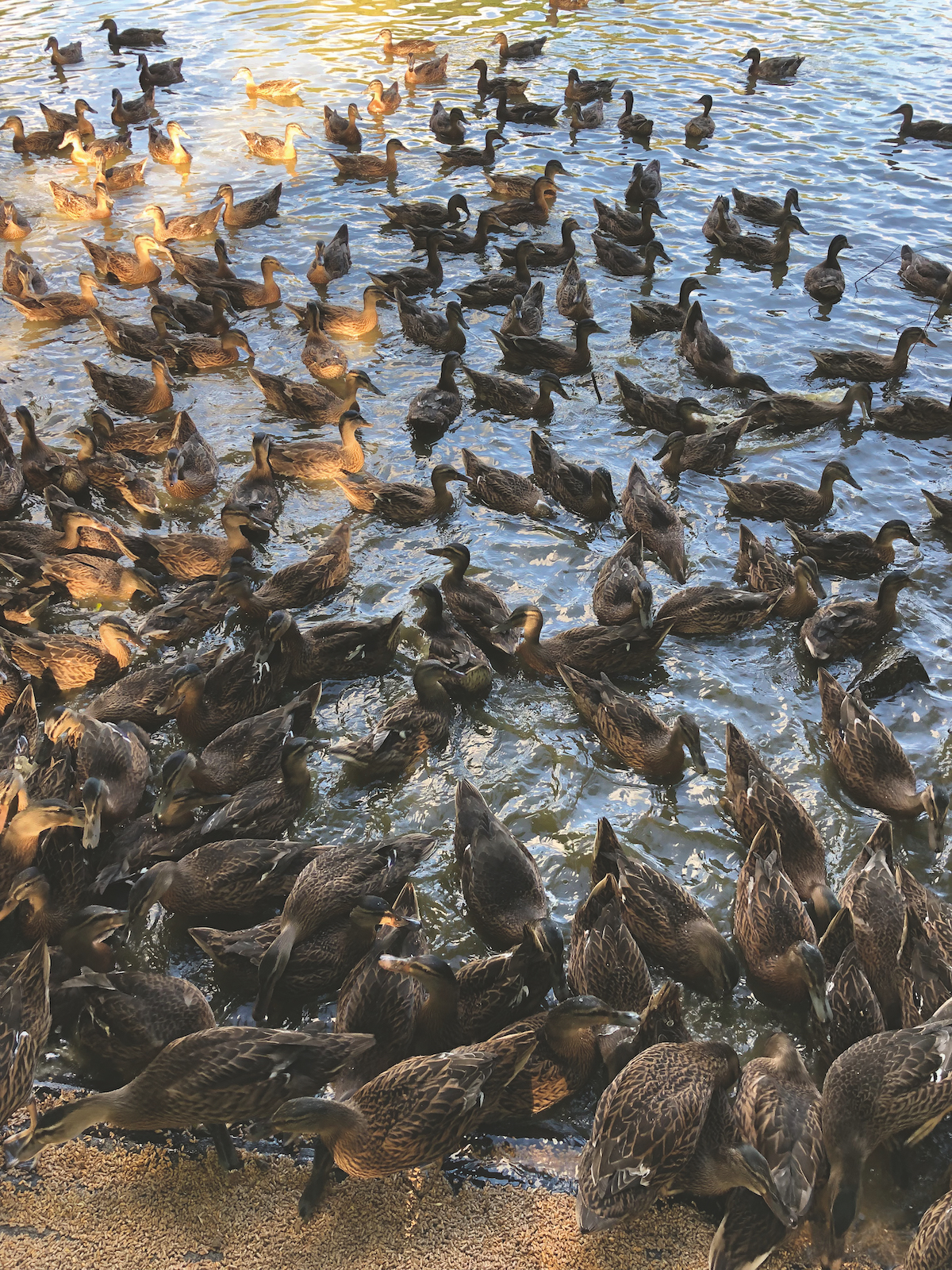
The ducks arrive in mid-July, and they soon settle on the water
Uncertainty
I wasn’t sure how that would work out as it is nice to have a couple of weeks in-between shoot days (as it worked out, the weather in January was wet and windy, the birds held well and all the shoot days went OK). Hopefully, I will be able to spread the shoot days out this forthcoming season and shoot every other Saturday to help the birds have a chance to get back to where we drive them from on a shoot day.
Another job that needed doing before the birds came in was sterilising water butts and drinking lines. We started by taking down the water tanks, metre-square plastic tanks with a metal frame around them, which we put on top of pallets about four or five feet above ground to help the gravity feed drinkers. These were taken to the yard and jet-washed out, then returned and filled with water. Liquid steriliser was added and the water allowed to run through the pipes, making sure each pipe was checked to be running freely and getting a good flushing out. The steriliser was then left in the pipes for a couple of days then all drained. The water tank was then refilled and flushed with clean water; it was then ready for the drinkers to be put in. This was repeated on the three different pens around the shoot.
We finished clearing around the pens, ensuring the electric fence was free from earthing twigs and plants, and branches overhanging the pen wire were cleared, all the time checked for holes in the wire. We cut feed rides in the pens for the hoppers and drinkers to be located and ensured the inside and outside of the pen wire was accessible, not just for pheasants but humans as well. Each pen had to have a selection of the different types of hoppers that we use on the shoot. We had the plastic feed hoppers that would be similar to the ones the birds had been reared with. And we had 45-gallon drums with horizontal slits cut into them and higher ones where the pheasants fed from underneath from a metal cup full of food with holes in it, or a metal trough under the hopper.
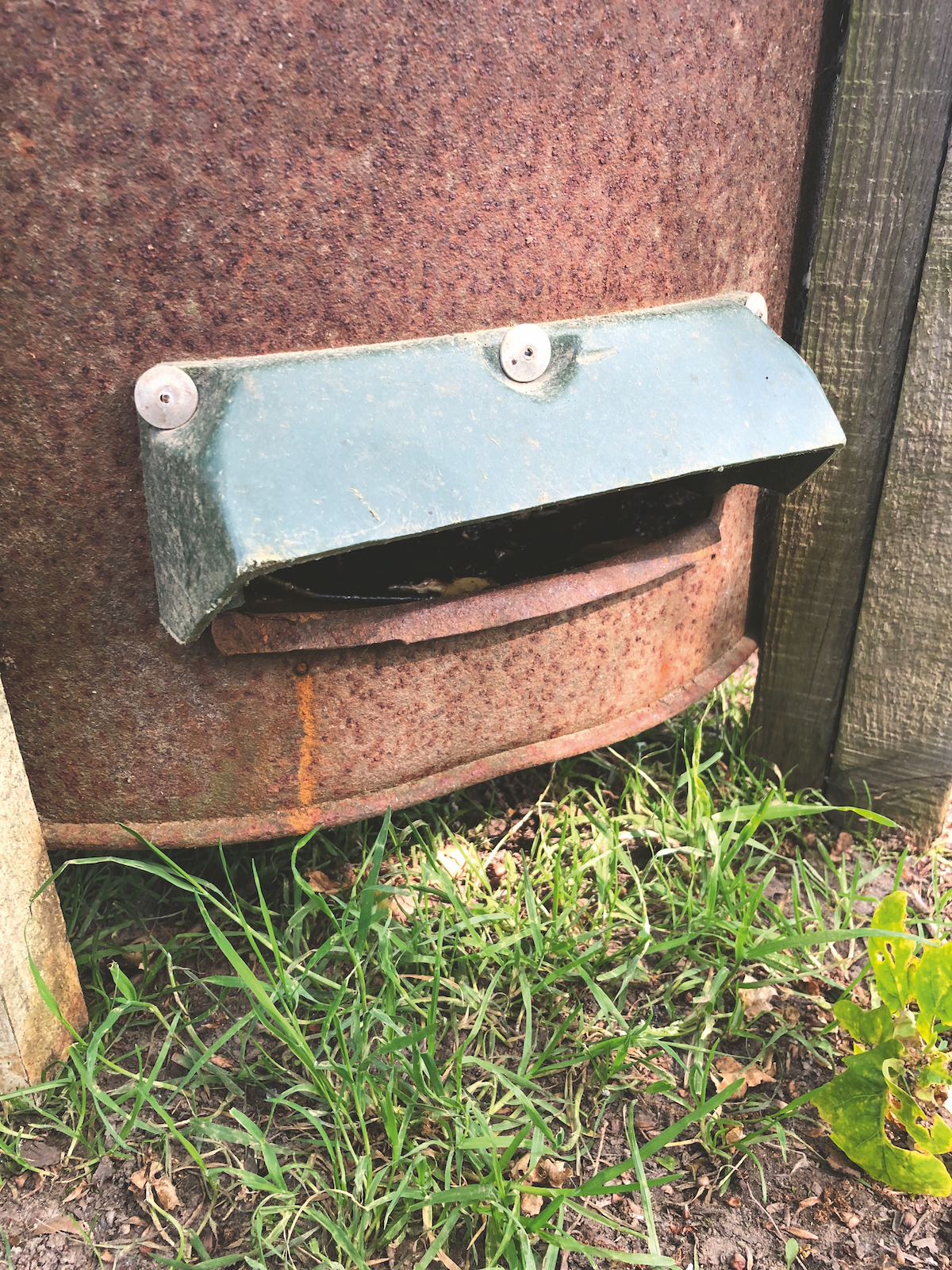
There’s plenty of work to be done before the pheasants arrive, including prepping the feed hoppers
The ducks arrived at 5am on a Wednesday in mid-July. They had travelled well; all the way from Devon. The majority were released onto the big pond and 100 on to the little pond. The smaller pond was enclosed within a pen, very much like a release pen with an electric fence, so I felt they were adequately protected. The ducks released onto the big pond had no fence and had to rely on the expanse of water to be their safe haven.
Food was placed on corrugated tin sheets close to the water’s edge in three places close to where they were released on to the water. These areas were in good sight of the bulk of the lake, so could be easily found and close enough that they could feed without leaving the safety of the water. As the months went on, they would be fed around the side of the lake by moving the nearest feeding station to beyond the far one and then away from the pond. This was only done when they had found all three feeding stations and was helped by me calling to them as I was feeding. They soon associated the call with food and it was easy to move them around the pond and then away from the pond over the following months.
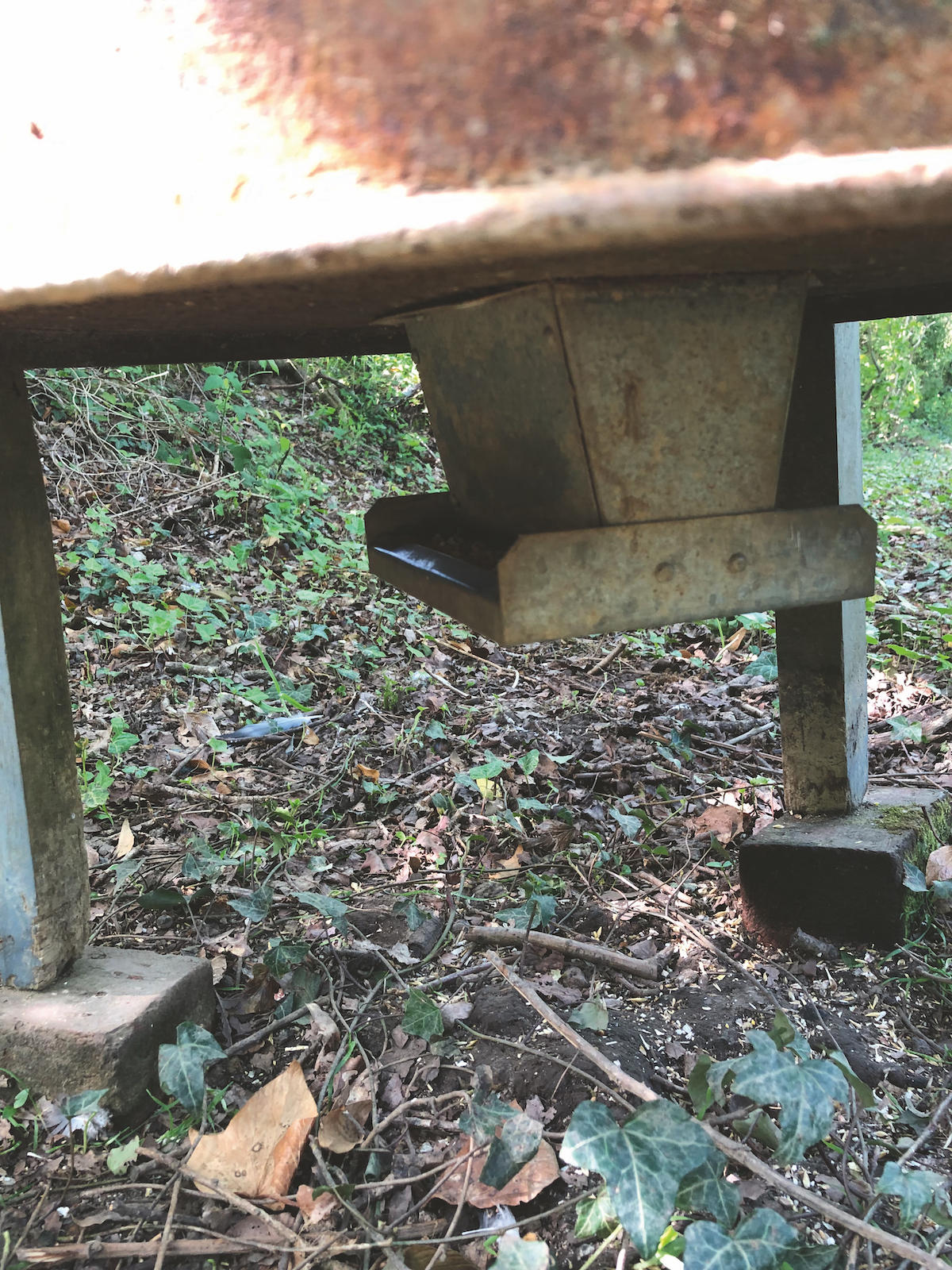
There are a number of different types of hoppers around the shoot, including higher ones with a metal trough underneath
Chase
After a busy few weeks of bucks chasing each other around the shoot, before what would normally be classed as the roe rutting season, it all went quiet and the bucks were rarely seen, as if they had worn themselves out. We took this time to assess the does and get a rough idea of how many were around on the shoot, what condition they were in and how many we should cull when the seasons changed.
We also managed to get a couple of muntjac deer when the opportunity arose. It’s funny how the deer distribute themselves around the counties. I have yet to see a fallow deer on the shoot but a friend who shoots around five miles away has herds of 40 to 50 fallow on his patch. Other than a busy A-road in-between the two areas, there is nothing that would stop the deer from moving this way. Both areas have open fields and great woodland; the only difference is the fallow were located on the hillier part of the county. I determined to keep a close watch to see if any ventured our way.
The camaraderie on the shoot is great. On our work parties everyone gets stuck in and it always amazes me how much work we can get done with a few pairs of hands helping out. When there are a few of you the workload lightens, and as you’re working having a chat and a bit of banter, the time passes and work gets done quickly. Small shoots like ours can’t function without everyone pitching in to help out and get the work done, and it’s a significant factor in helping to keep the cost of the shooting down. It also allows the Guns to understand what goes into producing the gamebirds they intend to shoot in the season and helps them to have a greater respect for the birds. This will be even more prominent next season after I have reared a small number of eggs from the birds we caught up at the end of the season. It always seems a long way off, but you need to start making plans as early as possible to make it all work.
Related articles
News
Anti-grouse shooting petition crushed by MPs who don't even shoot
Wild Justice's petition to ban driven grouse shooting was quashed in Westminster Hall yesterday, with all but one MP opposing the ban
By Time Well Spent
News
A sound decision as moderators to be taken off licences
The Government has finally confirmed what the shooting community has long argued – that sound moderators should be removed from firearms licensing controls
By Time Well Spent
Manage Consent
To provide the best experiences, we use technologies like cookies to store and/or access device information. Consenting to these technologies will allow us to process data such as browsing behavior or unique IDs on this site. Not consenting or withdrawing consent, may adversely affect certain features and functions.
Functional Always active
The technical storage or access is strictly necessary for the legitimate purpose of enabling the use of a specific service explicitly requested by the subscriber or user, or for the sole purpose of carrying out the transmission of a communication over an electronic communications network.
Preferences
The technical storage or access is necessary for the legitimate purpose of storing preferences that are not requested by the subscriber or user.
Statistics
The technical storage or access that is used exclusively for statistical purposes.
The technical storage or access that is used exclusively for anonymous statistical purposes. Without a subpoena, voluntary compliance on the part of your Internet Service Provider, or additional records from a third party, information stored or retrieved for this purpose alone cannot usually be used to identify you.
Marketing
The technical storage or access is required to create user profiles to send advertising, or to track the user on a website or across several websites for similar marketing purposes.

